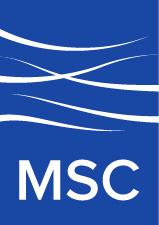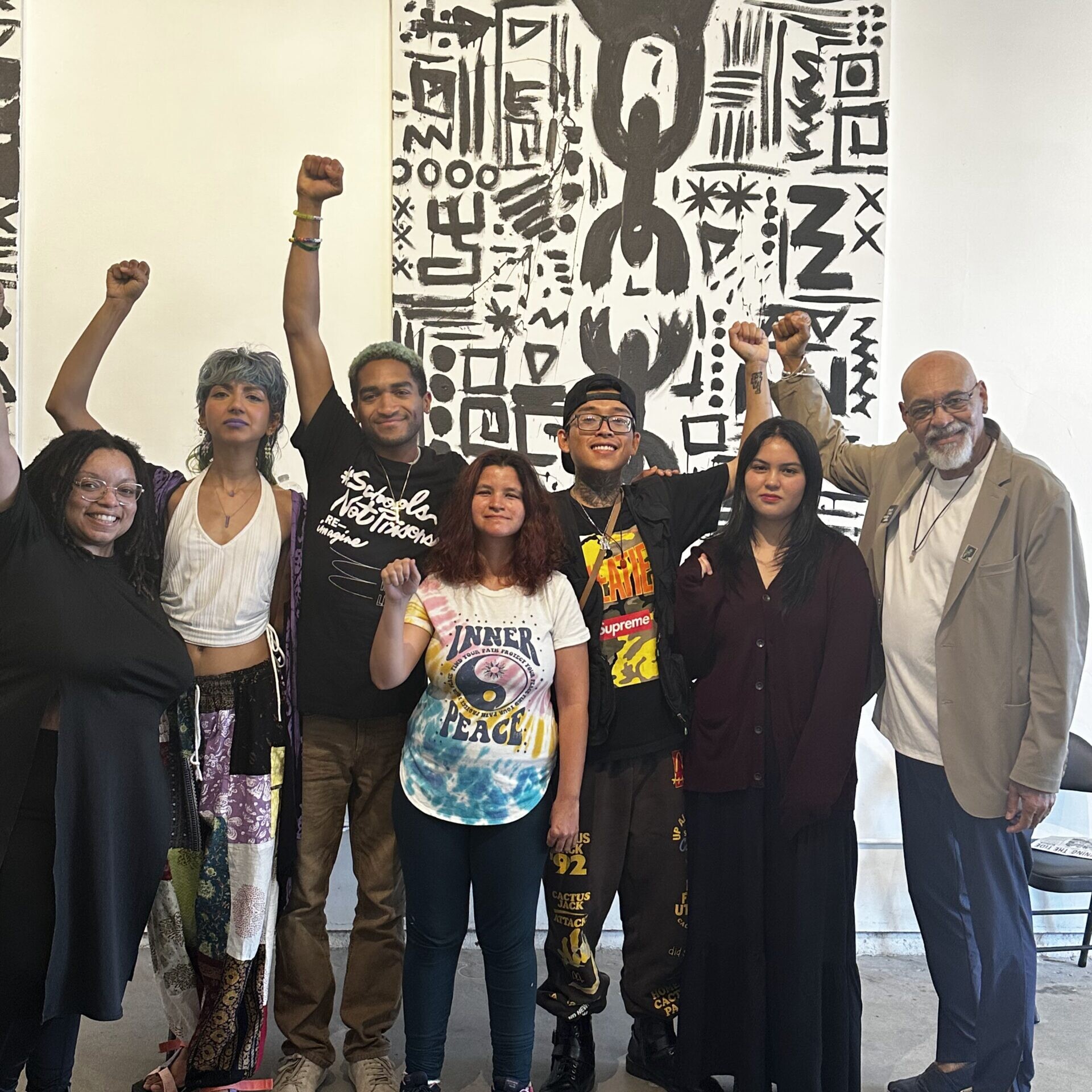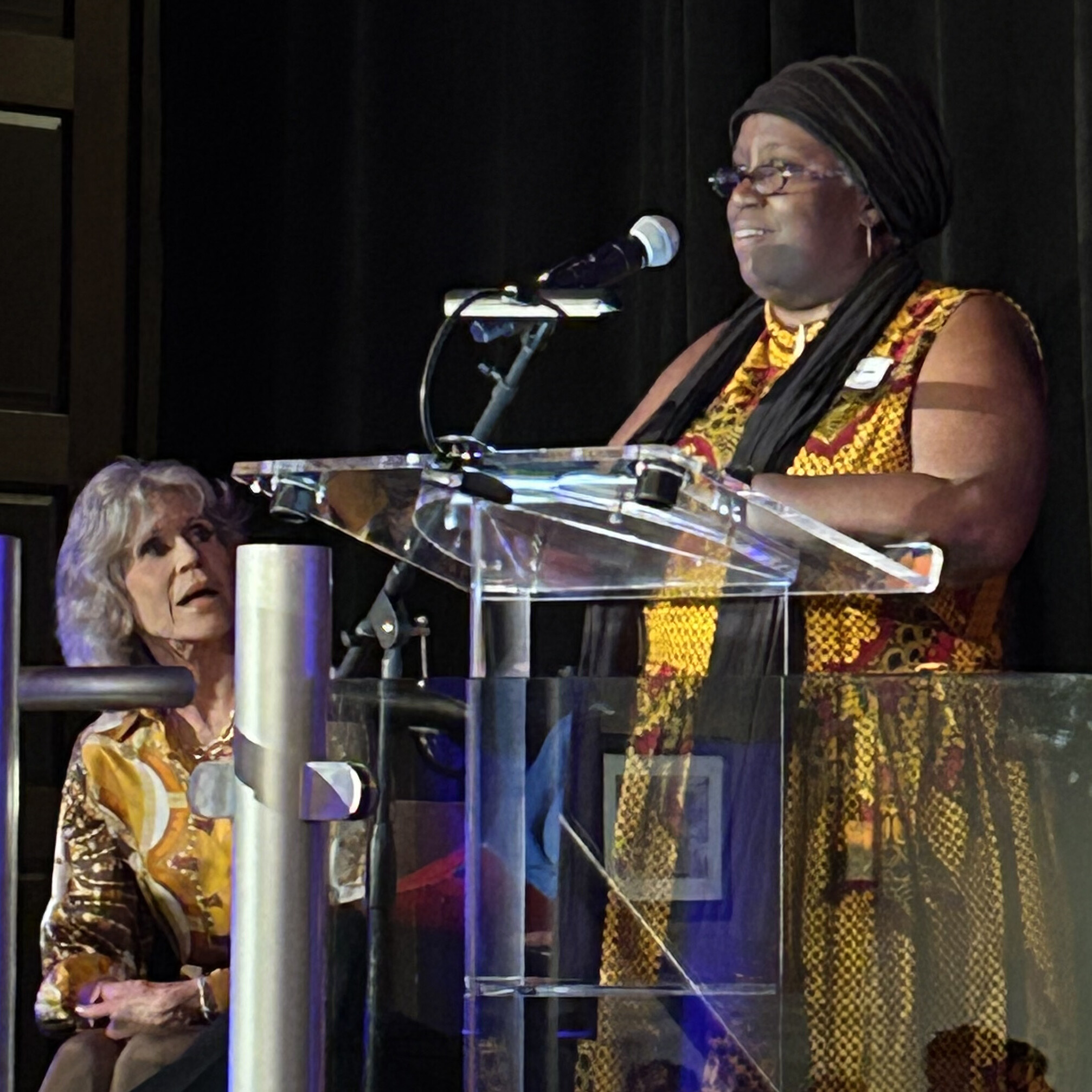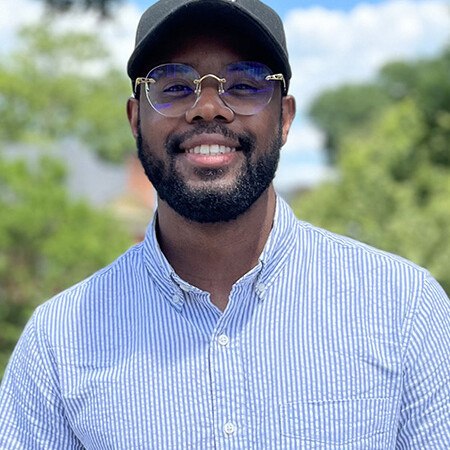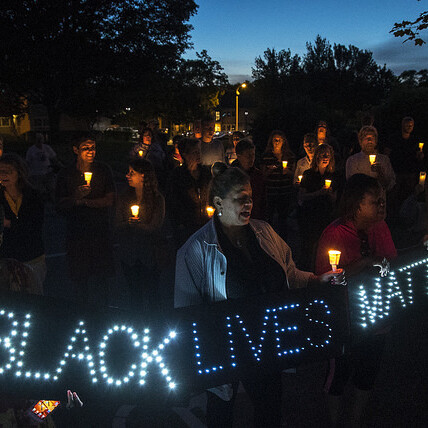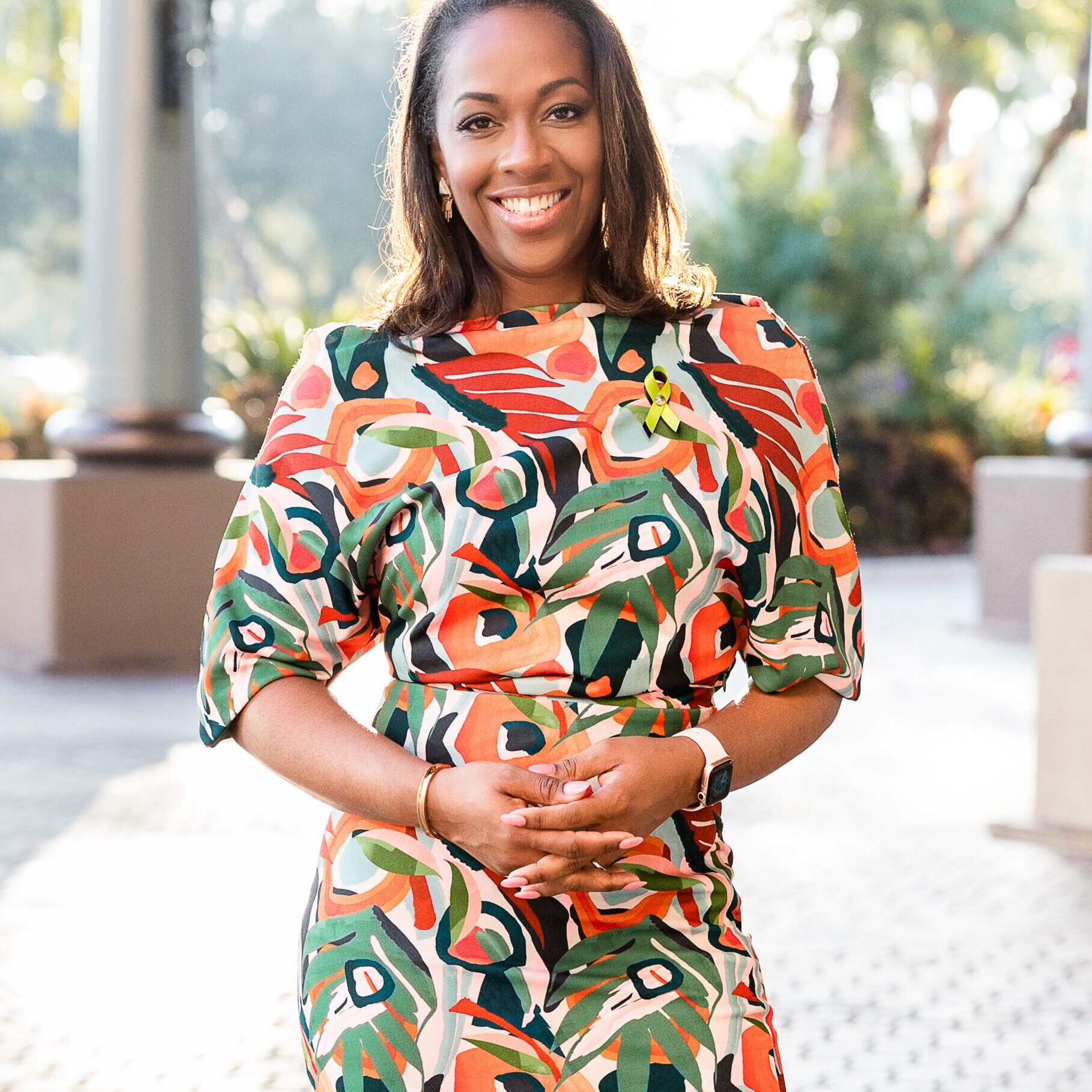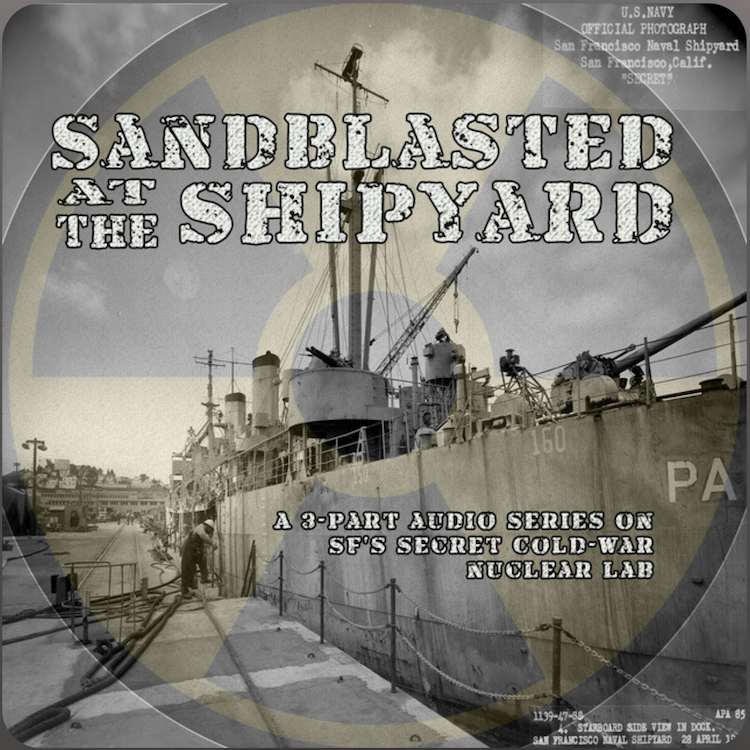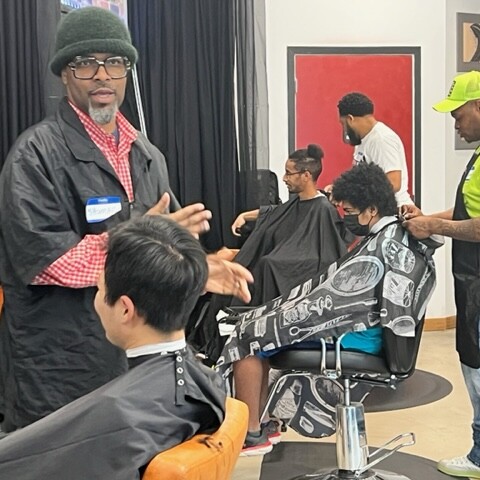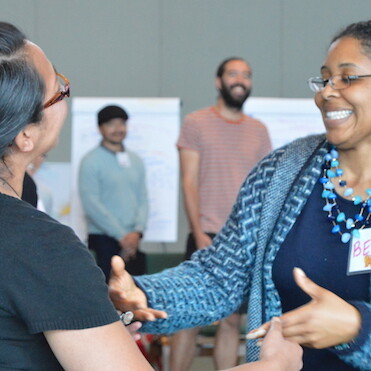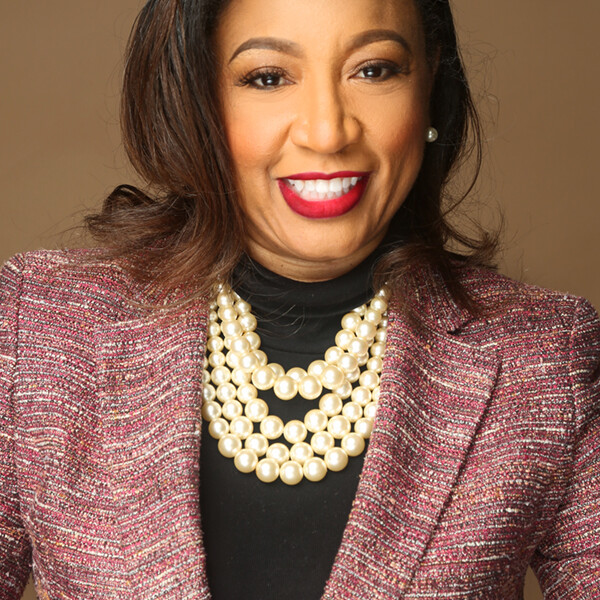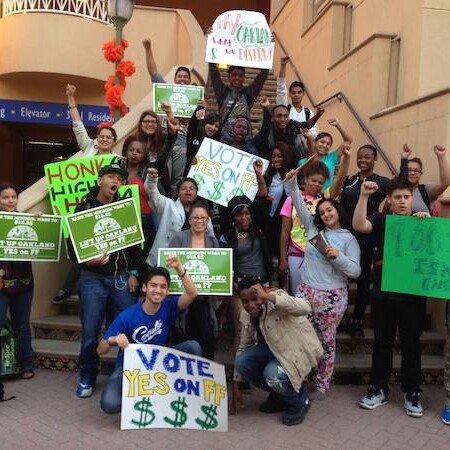Building Power Through Connection
October 28, 2023
A Convergence of Community, Collaboration, and Commitment Towards a Sustainable Future with When Black + Brown Go Green (WBBGG)Since its inception in 2018 in the San Gabriel Valley and Los Angeles, CA, where access to green spaces is not a given, When Black + Brown Go Green (WBBGG) has emerged as an intergenerational beacon for climate action and regenerative…
Gender Just Climate Solutions with Jane Fonda and Jacqui Patterson
September 25, 2023
A Climate Week Gathering Highlights Small Projects, Big Impacts, and the Work of WomenClimate Week NYC — the largest annual climate event of its kind — offers in-person, hybrid, and online events and activities for activists, businesses, and politicians from all over the world. Hosted by Climate Group, an international nonprofit that supports climate action, the…
Shaping the Future of Environmental Justice: A Conversation with MSC’s Environmental Fellow
September 7, 2023
Movement Strategy Center Explores Architecture, Community Engagement, and Mentorship with Walter HuntAt the core of the environmental movement is a vision to reshape and align our communities toward a regenerative relationship with the earth. At Movement Strategy Center (MSC), we’re not just embracing this vision; we’re cultivating the leaders who…
365 Days After Ferguson: Vision More Than Ever
July 27, 2023
More Than Ever We Need to Come Together to Realize Transformative Change by Aisha ShillingfordOriginally published on August 8, 2015. One year after Michael Brown’s murder and the uprising in Ferguson, we need vision more than ever. As a Black woman, I know that we must aggressively imagine what it looks like when we are free, that there must be a prize to set…
988: Keeping up With Tansy McNulty a Year After Launch
July 24, 2023
Movement Strategy Center Catches up With Founder and CEO of 1M4 to Discuss the Successes and StrugglesAs the nationwide replacement for the National Suicide Prevention Lifeline, 988 aimed to revolutionize crisis support in the United States. This three-digit number represents a significant milestone in the field, providing a confidential and free lifeline…
New Podcast on Hunters Point Naval Shipyard Features Advocates for Environmental Justice in San Francisco
June 14, 2023
MSC Chats with Breathe’s Tania Abdul, Journalist Rebecca Bowe, and Activist Renay Jenkins about the Series and Bayview-Hunters PointEarly this year, Breathe, a Bay Area fiscally sponsored project of MSC, partnered with freelance journalist Rebecca Bowe to release a three-part podcast called Sandblasted at the Shipyard. It covers the history of contamination at…
MSC’s Operations Team Volunteers in Support of Oakland Community and UPM, a Longtime FSP
April 18, 2023
Movement Strategy Center Staffers Recently Lent a Hand at Urban Peace Movement’s Scratch and Fade Event in OaklandMovement Strategy Center (MSC) has a robust work wellness program that promotes full body wellness for all staffers while educating new and long term staff alike on the tenets of transformative movement building and MSC’s mission and vision. As part…
Parenting for Liberation: My Practice and the MSC Transitions Labs
March 15, 2023
How Liberation, Freedom, and Self Love Form the Foundation of Parenting in White Supremacy by Trina Greene BrownOriginally published on August 19, 2015. I am raising a young Black boy in a society that is set up to set him up for failure. This means I am often in protection mode: protection against educational inequity, unfair discipline practices,…
Women’s History Made Today
March 1, 2023
MSC Chats with Errika Moore, Executive Director of STEM Funders Network (SFN), about Representation, Positive Influence, and Changing the Things She Can’t AcceptThe battle for representation is not over. While it may be more common to see women or people of color in levels of leadership across all sectors, a recent Pew research study found the representation of…
It’s Time for Healing-centered Youth Organizing
February 16, 2023
How Personal Healing and Social Change can be Aligned for Transformative Movement Building by Nicole LeeOriginally published on April 15, 2015. As an activist and youth organizer who deeply values the power of healing and transformation, I have come to see that too often, within our movement, “healing” and “social change” occupy two separate spaces that have…
- 1
- 2

